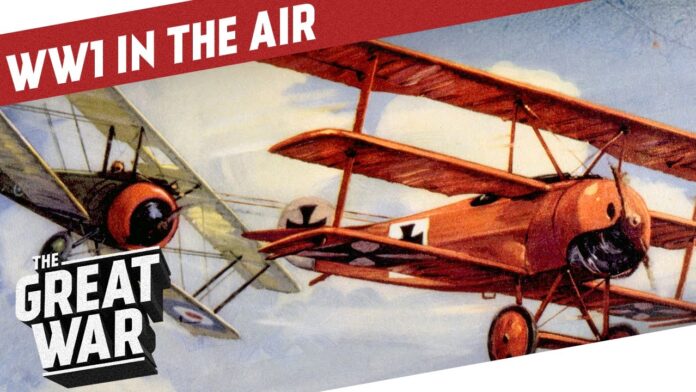The Airplane Transforms Warfare in the Early 20th Century.
The advent of powered flight revolutionized warfare in the 20th century. Airplanes went from novel inventions to indispensable military tools in just a few decades. Their speed, range and flexibility added a radical new dimension to battles on land and sea.
Aviation’s military potential was recognized early on. In 1911, the Italo-Turkish War saw the first use of airplanes for reconnaissance. Pilots gathered crucial information on enemy movements and positions that shaped battle outcomes. During World War I, fighters dueled in the skies over Europe while bombers attacked industrial and military targets. Aces like Manfred von Richthofen became legends.
By war’s end, aircraft carriers allowed air power projection over the seas. Naval aviation came of age in World War II’s Pacific theater, where aircraft sank capital ships and decimated enemy fleets. On land, massed formations of lumbering bombers devastated cities while agile fighters and ground attack planes provided battlefield air support.
Germany unleashed Blitzkrieg, using planes to break through enemy lines and envelop defenses with speed and surprise. Air superiority became essential to the outcome of campaigns. Radically new aircraft like jet fighters and rockets emerged by the war’s end to hint at the more significant aerial threats to come.
From spotting enemy troop movements to raining bombs on industrial centers, aircraft fundamentally changed the tactics and decisions of World War I and II. They offered mobility and perspective unmatched by land or sea. The threats posed by enemy planes also required major defensive innovations like radar and anti-aircraft guns.
By World War II’s conclusion, air power was central to military strategy and operations. No longer an experimental novelty, aviation had matured into the vital third dimension of warfare. The Wright Brothers’ first flights just decades earlier led to fleets of fighters and bombers battling to control the skies and decide the fate of nations. Aviation’s coming of age was forged in the heat of wartime innovation and necessity.


